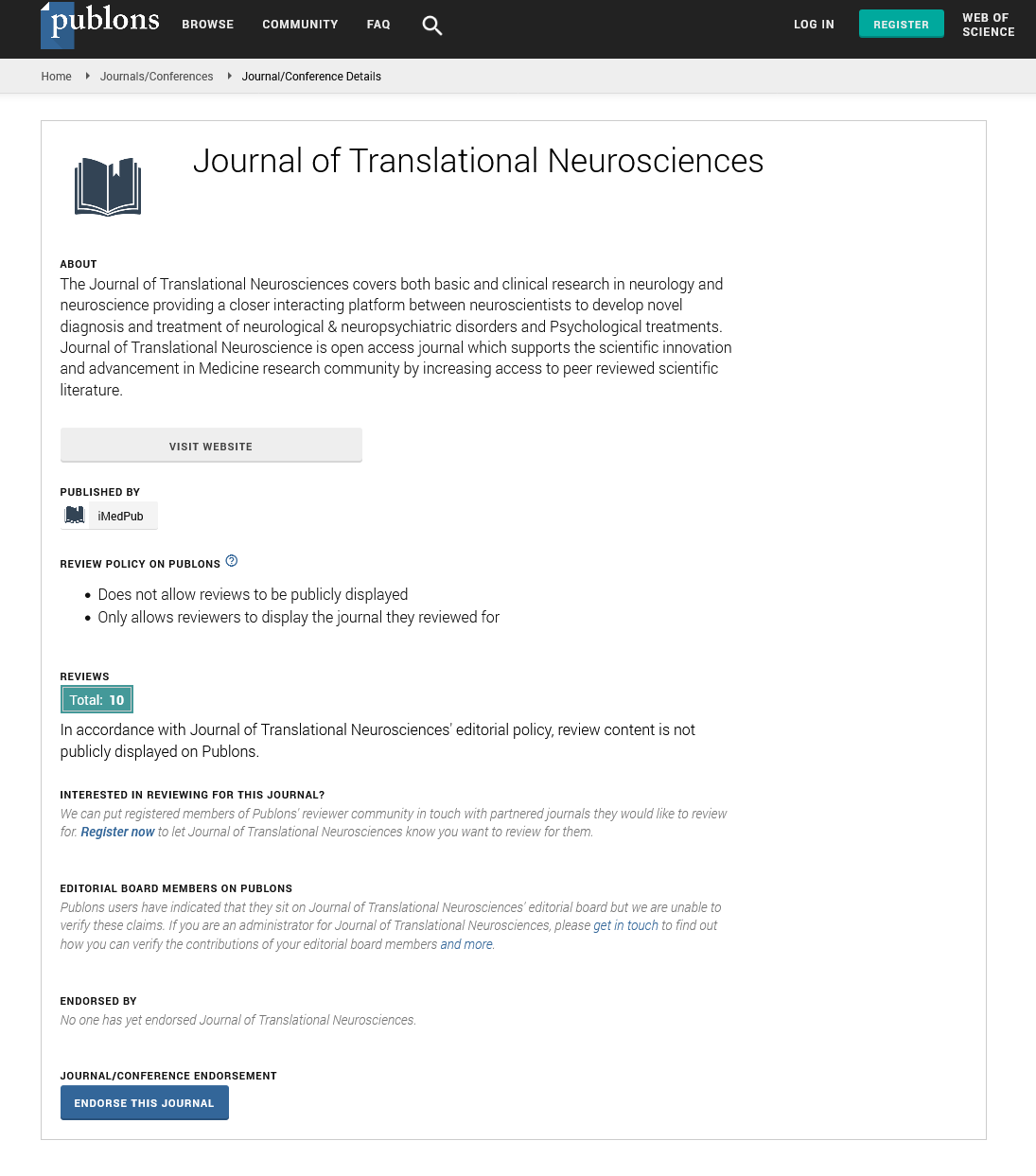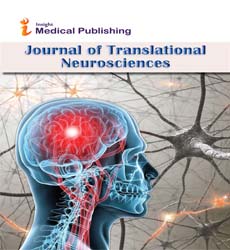Abstract
Hypothalamic Neuropeptides in the Autonomic Innervation of Gingiva and Lip
Background: Ample evidence indicates that the descending pathways from the hypothalamus play a role in the autonomic regulation of the lower gingiva and lip. Our goal was to identify the neurochemical nature of the hypothalamic neurons giving origin of these multisynaptic descending pathways and additionally to characterize the lower members of these pathways. Methodology: Retrogradely spreading Green Fluorescence Protein (GFP) labeled virus was injected into the lower gingiva or lip of Wistar rats. Intact and sympathectomized rats were included in the experiment. Virus labeling was looked for in frozen sections of the hypothalamus, brainstem, upper thoracic spinal cord, superior cervical, otic and submandibular ganglia. Results: In intact and sympathectomized rats, labeled neurons of the hypothalamic paraventricular nucleus showed oxytocin, vasopressin, but not Cholecystokinin (CCK) and Corticotropic hormone Releasing Hormone (CRH) immunoreactivities. In the perifornical region the virus labeled neurons showed orexin immunoreactivitiy. In intact and sympathectomized rats the members of the descending pathway were further characterized. In sympathectomized rats the labeling was missing from the locus ceruleus, the ventrolateral medulla, the raphe nuclei, the spinal cord, but labeling further existed in the gigantocellular, the salivatory nuclei and the hypothalamus suggesting their parasympathetic nature. Conclusion: Our paper demonstrates for the first time that oxytocin, vasopressin and orexin, but not CCK and CRH, immunoreactive hypothalamic neurons may influence both sympathetic and parasympathetic responses of the lower gingiva and lip. These are common command neurons. We also summarized the data step-by-step on the chemical characteristics of the lower part of the descending pathway.
Author(s):
Katalin Koves
Abstract | Full-Text | PDF
Share this

Google scholar citation report
Citations : 46
Journal of Translational Neurosciences received 46 citations as per google scholar report
Journal of Translational Neurosciences peer review process verified at publons
Abstracted/Indexed in
- Google Scholar
- JournalTOCs
- China National Knowledge Infrastructure (CNKI)
- Publons
- Secret Search Engine Labs
- Euro Pub
Open Access Journals
- Aquaculture & Veterinary Science
- Chemistry & Chemical Sciences
- Clinical Sciences
- Engineering
- General Science
- Genetics & Molecular Biology
- Health Care & Nursing
- Immunology & Microbiology
- Materials Science
- Mathematics & Physics
- Medical Sciences
- Neurology & Psychiatry
- Oncology & Cancer Science
- Pharmaceutical Sciences


